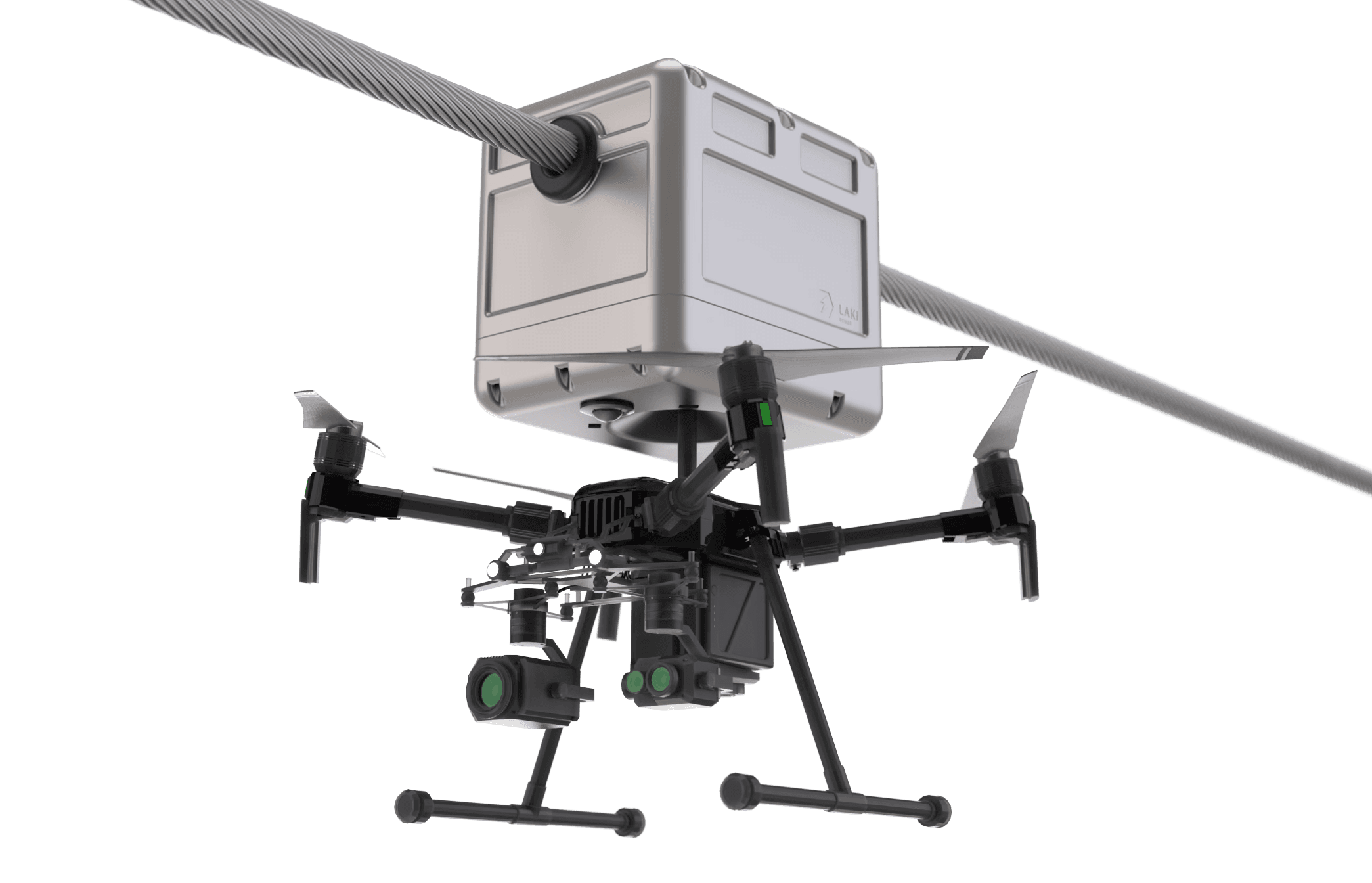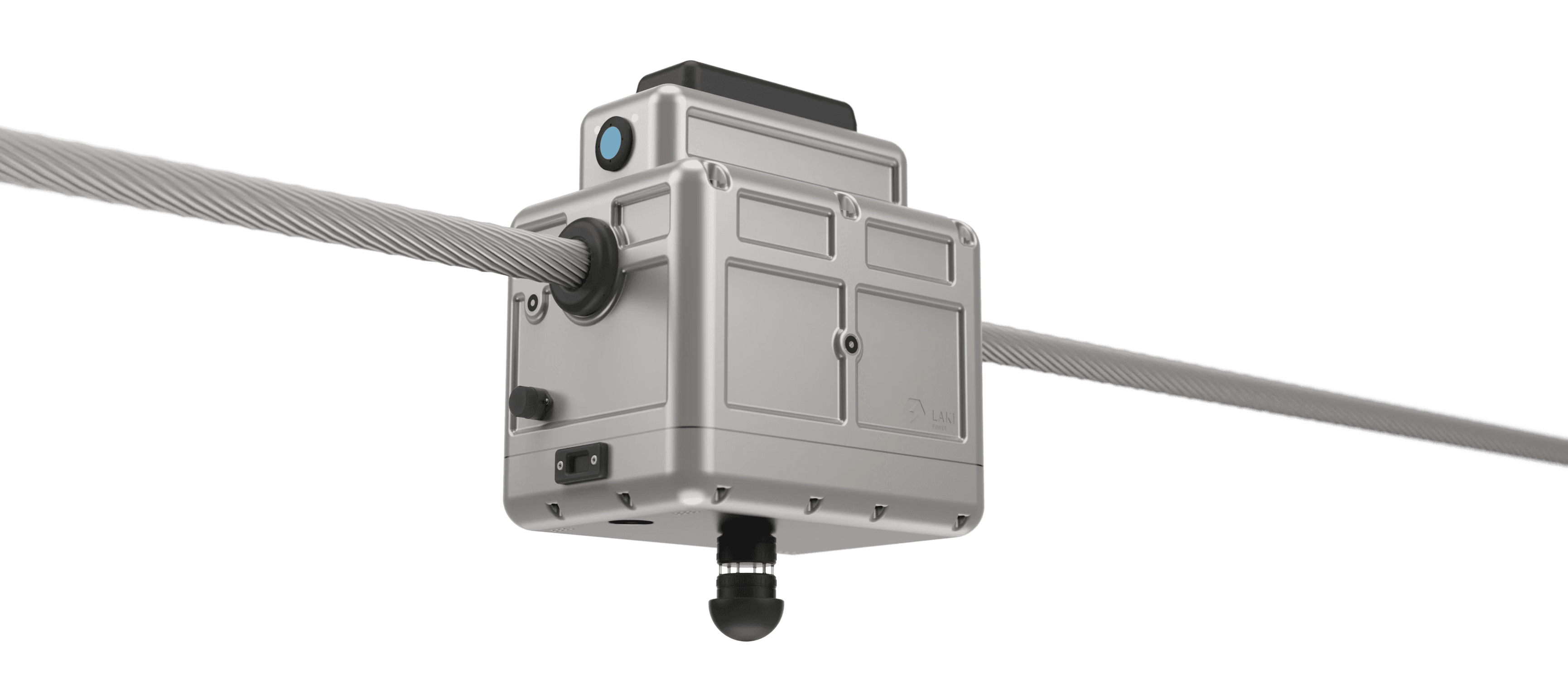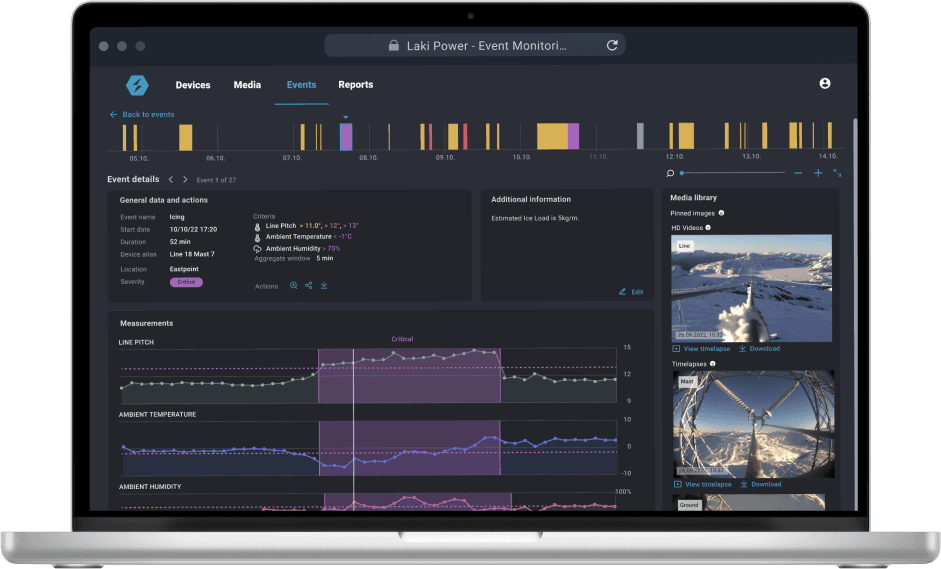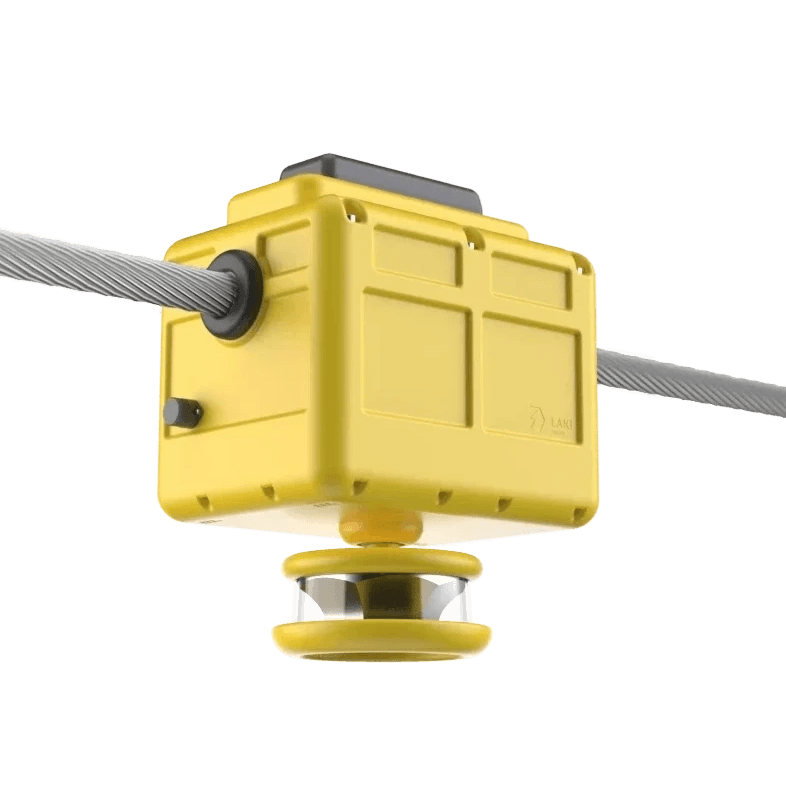Trusted by
How are the monitoring systems powered?
Our monitoring systems are powered by our patented induction-based technology. This technology converts the alternating current (AC) from power lines into a stable direct current (DC) using cold rectification techniques. This method ensures a reliable power source without needing external power sources like batteries, solar panels, or diesel generators.
How do the monitoring stations communicate?
Our monitoring stations communicate by using cellular networks. Each station is equipped with a SIM card, allowing it to transmit data and images through LTE/UMTS/GSM networks, commonly known as 4G/3G. This ensures efficient and reliable communication for data transmission.
Do the solutions work on DC power lines?
No, our solutions are specifically designed for AC power lines and do not work on direct current (DC) power lines. This is because our technology relies on the induction principle, which requires an alternating current to function.
How much current is needed for the systems to function?
Our systems typically require about 80 amps of current to operate, including power-intensive de-icing equipment. In warmer climates, where de-icing is not necessary, around 60 amps of current is sufficient to run the systems effectively.
What is dynamic line rating?
Dynamic line rating is a technique used to optimize the capacity of power lines. By measuring environmental factors like wind speed, wind direction, and temperature, grid operators can safely increase the amount of current flowing through power lines, sometimes by up to 40%. This helps in maximizing the efficiency of the power grid.
Do the systems stream video in real-time?
No, our systems do not stream video in real-time. Instead, they record video continuously in a 24-hour loop. When an event occurs or a user requests it, the relevant video footage is sent to our software platform for review.
Can the stations be installed on live power lines?
Yes, our monitoring stations can be installed on live power lines. However, the installation process is managed by the grid operator, who must follow the appropriate safety protocols to ensure a safe and secure installation.










